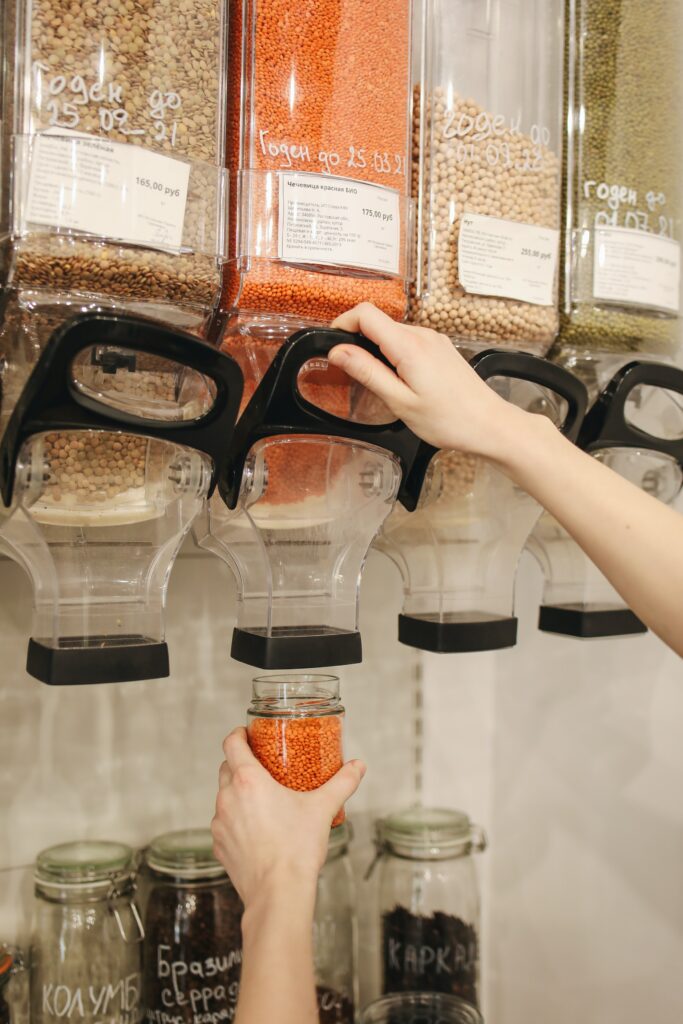Climate change
Learn how climate change can affect your lungs and what you can do to limit the impact
#FightClimateChange
Content Table
What is climate change?
Climate change is the gradual and long-term change to global temperature and weather systems. In recent history these changes have sped up due to human behaviour. Humans burn wood and fossil fuels such as coal, gas and oil which produce carbon dioxide and other pollutants or greenhouses gases. These build up in the atmosphere and cause global warming.
Climate change means that dangerously high temperatures, droughts and wildfires, thunderstorms, and flooding are becoming more common. We have reached what the World Health Organization (WHO) have called a “climate crisis”.
Here, we will explain:
- how the climate crisis can affect our lung health
- what we can do to look after our lung health and
- how to work together to fight climate change.
How does climate change affect your lungs?
- It can make pre-existing conditions worse
- It can increase the risk of developing a lung condition
People with asthma, rhinosinusitis, chronic obstructive pulmonary disease (COPD) and respiratory tract infections are most likely to feel the impact of climate change on their lung health.
Climate change and air pollution
Air pollution is a major risk to our health and causes more than 6.5 million deaths worldwide each year. Air pollution and climate change are closely linked. Air pollution contributes to climate change and climate change increases the risks of air pollution. Higher temperatures lead to an increase in ground-level ozone. Ozone (O3) is found in the atmosphere. You may have heard it called the ozone layer, which protects us from the sun. At ground level, it is dangerous to our health. It can irritate our airways and cause asthma attacks.
Governments are starting to take action; The European Green Deal sets out a plan to make the EU climate neutral by 2050. This would mean massive reductions in greenhouse gas emissions and would lead to improvements in air quality and health.
What can you do?
Follow our advice about exercise and air pollution to protect your lungs.
Reduce your own emissions by taking the active option and walking instead of driving – try to avoid busy roads to reduce your exposure to air pollution. If you must drive, turn off your engine if you are waiting in your car.
Turn off unused appliances and limit your use of air conditioning and central heating.
You can also campaign in your local area to encourage politicians and large businesses to make the changes to reduce air pollution in your area.
Climate change and wildfires
Hotter temperatures lead to less rainfall, this can increase the risk of wildfires. Wildfires release a mix of hazardous pollutants into the air. This can make it difficult to breathe, especially for people with lung disease.
What can you do? If you are near a wildfire, follow local authority advice about staying safe. They may recommend that you use facemasks that filter out harmful particles. If you are not advised to evacuate but there is still smoke in the air, keep windows closed and do not go outside unless you have to.
Climate change and plant pollen
Many people with asthma are triggered by allergies. Plant pollen is a common allergen that is affected by climate change both because of higher temperatures and higher levels of carbon dioxide in the air.
This means that:
- Plants produce more pollen
- The pollen plants produce has more of the protein that causes allergies
- Plants will produce pollen for longer periods of time
- Plants that cause allergies grow in more places
More frequent thunderstorms may lead to more frequent asthma exacerbations. Asthma may be triggered during thunderstorms because they cause pollen grains to release particles which can be easily breathed in.
What can you do? Like air pollution, pollen tends to rise and fall throughout the day. Pollen tends to be lowest early in the morning and late in the evening so time exercise around this. Shower and change when you get home as this can help lower the spread of pollen within your home.
Climate change and mould
Increased carbon dioxide levels in air pollution may increase fungal spores which are a common asthma trigger.
More flooding can lead to damp which increases the risk of mould growth. Mould triggers allergies, causes lung infections and can worsen conditions such as asthma and rhinitis.
What can you do?
Try to limit damp within your home. Good ventilation by opening windows can help and if possible, use a dehumidifier if your home is damp.
Clean away mould and make sure to open windows and close doors to other rooms when you do this.
Speak to your healthcare professional if you notice any symptoms you think are related to mould in your home.
Extreme heat
Extreme heat can cause people to experience their symptoms of lung disease more frequently and more severely. This is especially true for people with COPD and asthma. Sudden temperature changes and high humidity can also make these conditions worse.
High temperatures increase the risk of draught. This can reduce overall air quality as dirt and dust from the ground is free to rise up into the air we breathe.
Exercise
Exercise is important to our overall health and wellbeing. It is especially important to help keep our lungs healthy. Hotter temperatures have led to more time when it is too hot to safely exercise.
What can you do? When it is very hot try to exercise inside if it is cooler or early in the day before it gets too hot. Activities that keep you cool like swimming are also good ways of staying active on hot days.
Infectious diseases
Climate change can lead to an increase in infectious diseases such as pneumonia, influenza, tuberculosis and diseases like COVID-19. This is because climate change can affect how well germs that cause diseases spread, reproduce and survive. We will likely see more new viruses spreading to people from animals. This increases the risk of epidemics and pandemics due to climate change.
While we think of warmer weather meaning fewer colds and flu, there is evidence that we experience more severe flu seasons after warm winters.
What else can you do?
Climate change is a big problem and sometimes that can feel like a lot. Here are some more things you can do to look after yourself and the planet.
#TakeTheActiveOption
By walking, cycling or running instead of taking the car are you are reducing your contribution to pollution and making your lungs stronger and healthier!
Many cities are already putting measures in place to help people use active travel methods, but you can also campaign for this in your area. Look for a group in your local area or write to your local politicians to campaign for active travel options.
Campaign for green spaces!
Urban green spaces can improve both physical and mental wellbeing, they help to remove carbon from the atmosphere and have cooling benefits! Campaign to your local authorities to improve access to green spaces in your area.
Eat green
We can take better control over our health by eating a healthy, well-balanced diet. Healthier diets can positively impact our lung health and the environment too. Trying to eat more fruits, vegetables and pulses, less meat and fewer heavily processed foods, can help us to limit the impact we have on the planet too! If you can, eating food that was grown in your country or local area is even better.
We know this can sometimes feel like a big job so we have some resources coming next year that will help you on this journey.
Be a green patient
There is a lot of talk about green patients and what that means. It can be different for everyone, and the most important thing is always your own health. You should never stop or change your medications without speaking with your doctor. But here are some factors that can help you to become a greener patient.
- Take your medications as prescribed – a well-controlled condition can limit additional medications you may need to take.
- Speak with your doctor about whether there are greener options for your medications – for example, inhalers that do not use a propellant may be appropriate. There may also be other brands of medicine that are the same medication you are already using but that have greener production processes or are simply produced nearer to where you live and don’t need to be transported so far.
- Check to see if you can recycle your medicine packages and inhalers. While you cannot usually recycle these items at home, many pharmacies can take them back to recycle them safely. Check in your local area to see if this is an option.
- Share your voice or join a campaign to encourage a greener pharmaceutical industry.
- You may be able to use digital tools to monitor your health and condition. By taking part in self-management, you may gain more control over your condition and limit the distance you travel to and from appointments.
#BeSmokeFree
We all know that smoking harms our health, but it is also a large contributor to climate change and plastic pollution. According to the World Health Organization (WHO), each year the tobacco industry costs us:
- 600 million trees,
- 200 000 hectares of land,
- 22 billion tonnes of water and
- 84 million tonnes of CO2
Check out our resources on quitting smoking.

Materials
We have worked with experts to produce an infographic about climate change and your lungs, available in several languages.
View the infographic



